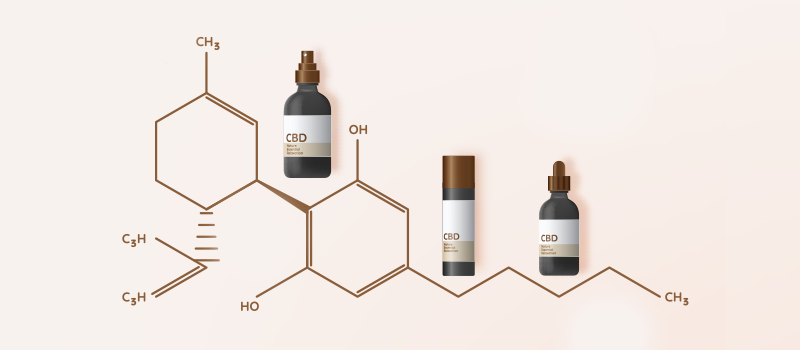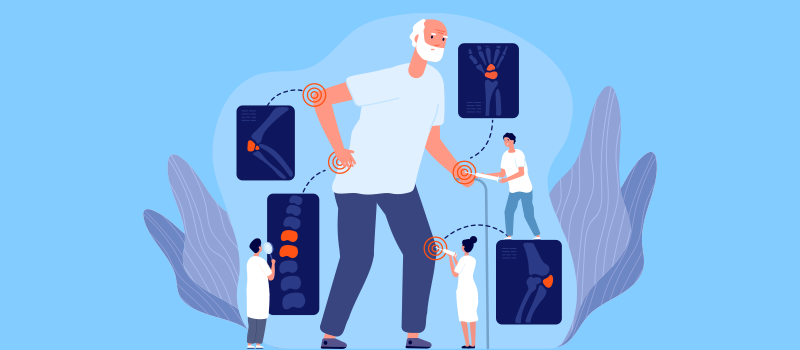Tennis Elbow Treatment Options

Tennis elbow is a painful condition of the forearm muscles. The medical term is lateral epicondylitis. It occurs when the tendons around the lateral epicondyle become inflamed. The lateral epicondyle is a bony bump in the upper arm bone on the outer (lateral) side of the elbow. Athletes who play a racquet sport such as tennis, which involves repetitive movement of the muscles around the elbow joint, are at an increased risk of developing tennis elbow. Please continue reading to learn about the treatment options for tennis elbow.
What are the symptoms of tennis elbow (lateral epicondylitis)?
The symptoms of tennis elbow develop gradually over time due to repetitive and vigorous use of the upper arm muscles. They occur when tiny tears and inflammation develop in the affected muscles and forearm tendons. Injuries to a specific forearm muscle called extensor carpi radialis brevis have been implicated in tennis elbow.
Tennis elbow symptoms tend to be more severe in the dominant arm and may include:
- Elbow pain - this can be a burning pain that goes up and down the elbow on the outer side
- Increased pain with movements of the elbow, such as when the elbow bends, the forearm muscles extend, you lift your arm, open a jar, or hold an object in your hand
- Weakness in the muscles of the elbow
- Weak grip strength
Note: Pain on the inner side of the elbow is called medial epicondylitis or golfer’s elbow.
How do doctors diagnose tennis elbow?
Doctors diagnose tennis elbow by obtaining a medical history to identify any recognized repetitive injury, such as in tennis and other racquet sports. They also perform a physical examination and may order imaging studies such as X-ray, ultrasound, magnetic resonance imaging (MRI), or a CT scan to assess the damage to the forearm muscles.
How long does tennis elbow last?
Tennis elbow symptoms can last anywhere from 6 months to 2 years. However, 9 out of 10 people make a full recovery.
Can anything be done for tennis elbow?
Yes, there are several treatments that can help speed up the body’s natural healing processes and provide relief from the painful symptoms of tennis elbow.
What is the best way to get rid of tennis elbow?
Tennis elbow is a self-limited condition that often gets better without any specific treatment. However, the following treatments can improve muscle healing and speed up recovery.
- Give your arm proper rest. It is especially important to avoid movements that produce arm pain, such as repetitive motions or twisting motions. This gives the injured tissue around the elbow joint a chance to heal.
- Use a cold compress on the affected area several times a day for relief from mild pain and swelling.
- Take over-the-counter non-steroidal anti-inflammatory drugs (NSAIDs) such as ibuprofen and naproxen to reduce pain.
How do doctors treat tennis elbow?
If home treatments for tennis elbow do not work and you continue to have symptoms after a few days of rest, you should make an appointment to see your healthcare provider. They may offer the following nonsurgical treatment for tennis elbow:
- Brace: Using a brace on the forearm can help rest the muscles and tendons and relieve symptoms.
- Physical therapy: Physical therapists can help people with a tennis elbow participate in gradual strengthening exercises and muscle-stimulating techniques. Working with a physical therapist can help the diseased muscle heal, relieve pain and stiffness, and improve range of motion.
- Steroid injections: These injections contain corticosteroid medication and local anesthetic. They are given directly into the affected area and provide temporary relief from symptoms.
- Extracorporeal shock wave therapy (ESWT): This treatment involves using ultrasound waves on the affected muscles to reduce the severity of pain and improve function.
What can I use instead of a cortisone shot for tennis elbow?
If nonsurgical treatments for tennis elbow (lateral epicondylitis) such as cortisone shots, physical therapy, and shock wave therapy do not provide relief and the painful symptoms are affecting your quality of life, your doctor may recommend tennis elbow surgery. This is an outpatient procedure that does not require an overnight stay in the hospital. It can be done using general anesthesia where you are asleep or local anesthesia where you are awake, but your elbow area is numbed. The surgery usually takes 45-60 minutes to perform.
It can be done as a minimally invasive procedure using an instrument called an arthroscope, a thin tube with a camera attached to the front end. It can also be done as an open procedure in which the surgeon makes cuts over the affected tendon. The surgery involves scraping away diseased tissue and reattaching healthy muscle.
Most people can return to daily activities and work 2-6 weeks after tennis elbow surgery. However, it can be 4-6 months before you can return to playing racquet sports. Rehabilitation from tennis elbow surgery can take up to a year.
What is the new treatment for tennis elbow?
A relatively new treatment for tennis elbow is called platelet-rich plasma (PRP) therapy. It involves taking a small sample of your blood and processing it in the laboratory to make platelet-rich plasma. Plasma is the liquid portion of blood, and platelets are blood cells that play an important role in tissue healing throughout the body. PRP contains a high concentration of growth factors and is believed to aid in healing injured tissues. However, the efficacy of PRP for tennis elbow is unproven, and there is no guarantee that this treatment can help with pain or prevent further surgery, rehabilitation, etc.
How to prevent tennis elbow?
Tennis elbow slowly worsens over time. If you notice tennis elbow symptoms developing, consider working with a coach or trainer to correct improper stroke technique. It may also help to change your sports equipment, for example, the grip strength on your racquet or the size of your racquet, to lower the weight lifting required during sports activities.
References:
- https://www.nhs.uk/conditions/tennis-elbow/#:
- https://www.pennmedicine.org/for-patients-and-visitors/find-a-program-or-service/orthopaedics/elbow-pain/tennis-elbow
- https://www.knoxorthopedic.com/f-s-t-cure-tennis-elbow-lateral-epicondylitis/
- https://medlineplus.gov/ency/article/007590.htm#
- https://bmjopensem.bmj.com/content/8/1/e001258












SOCIAL